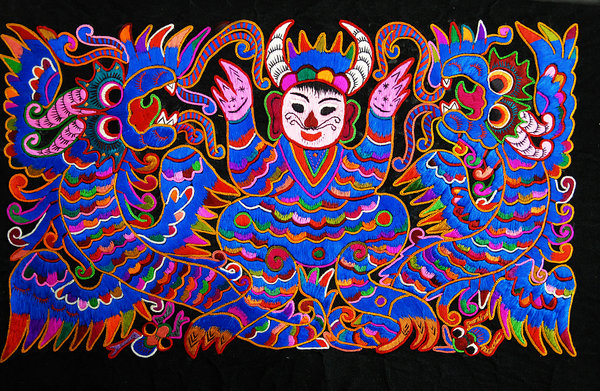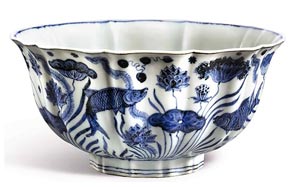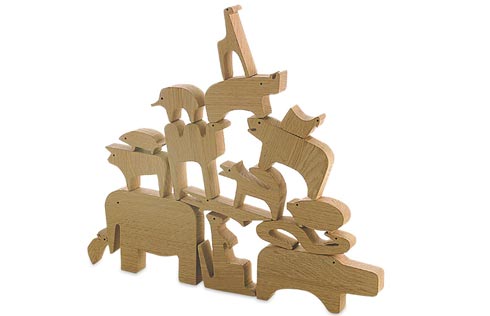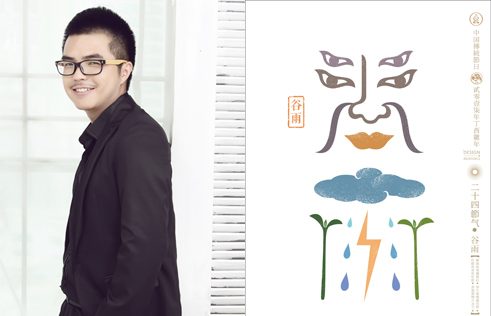Embroidery brings benefits to villagers
 |
|
[Photo/VCG] |
Chen Qin was embroidering a butterfly for an order from the United Nations.
"These pieces will be decorations for the covers of notebooks for the United Nations Development Program (UNDP)," said Chen, 37, a member of the Miao ethnic group who lives in Qiandongnan Miao and Dong autonomous prefecture in Southwest China's Guizhou province.
Chen had never considered the possibility of selling her traditional handicrafts overseas.
"Before the orders came, there was no reason to do embroidery. Now that we can make money from it, we are motivated to pick up craft again," Chen said.
Almost all Miao women learn the embroidery which decorates their folk costumes, and now they can make money from the skill.
"During the farming low season, women gather in my home to work," Chen said.
Miao embroidery has a history dating back more than 2,000 years, and was included in a national list of intangible cultural heritage in 2006.
However, since poverty has driven many Miao women to leave their villages and become migrant workers, the skill has started to lapse.
The culture department in the prefecture seat Kaili, along with the China Soong Ching Ling Foundation and UNDP are helping Miao families out of poverty while saving the traditional handicraft by teaching it to young people. One such program led to the establishment of an embroidery cooperative in the village of Meixiang in October 2015.
Over the past year, the group has taken orders totaling more than 400,000 yuan (58,000 U.S. dollars), giving each embroiderer an annual income over 10,000 yuan.
The womens' standard of living has significantly improved and more are returning home and signing up for training every day.
"The government gave us sewing machines and a photocopier so that we can design the patterns ourselves," Chen said.
The prefecture plans to come up with completely new embroidered products for global markets, said Liu Rui, a cultural official from Kaili.
The "Jinxiujihua" campaign has been helping women across Guizhou out of poverty since 2013, according to the provincial women's federation.
The program trains rural women in embroidery, batik and other handicrafts so that they can work in their hometowns.
More than 500,000 women now work in handicraft industries with the support of the campaign which has helped about 10,000 out of poverty in 2016.

















